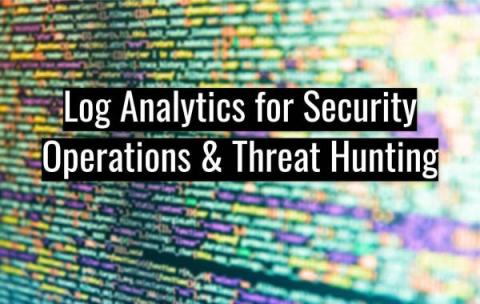Demystifying the Role of a Cybersecurity Researcher
If your idea of a dream job is hunting for vulnerabilities and staying current on emerging cyberthreats, then the role of a cybersecurity researcher could be your ideal match. These investigative specialists dedicate their hours to unearthing security issues and concocting protective countermeasures. If you’re interested in learning more about what this role entails, here’s a breakdown.









